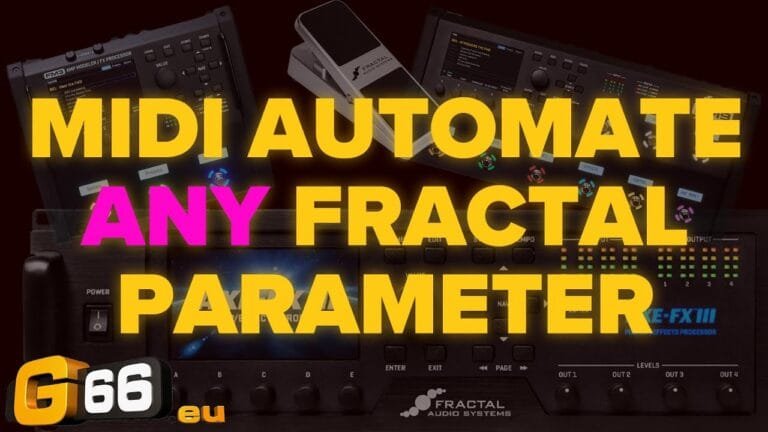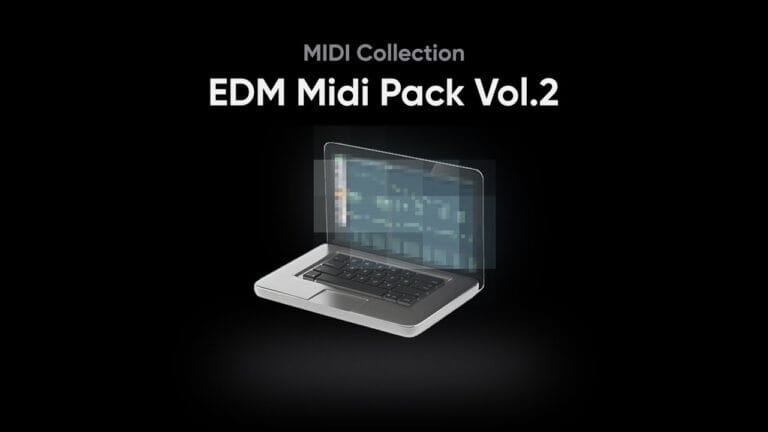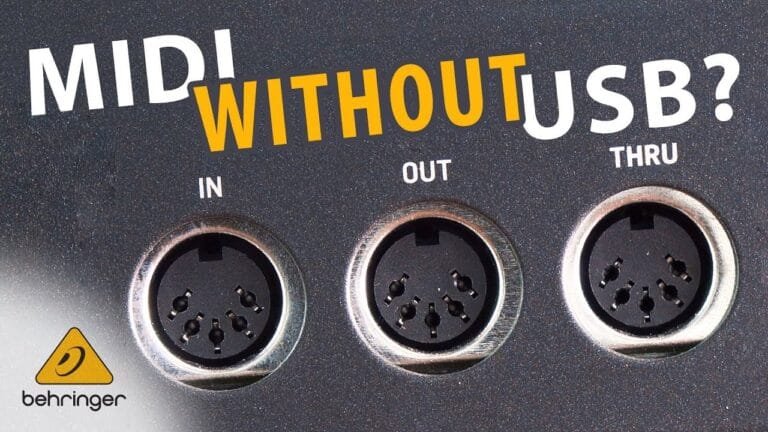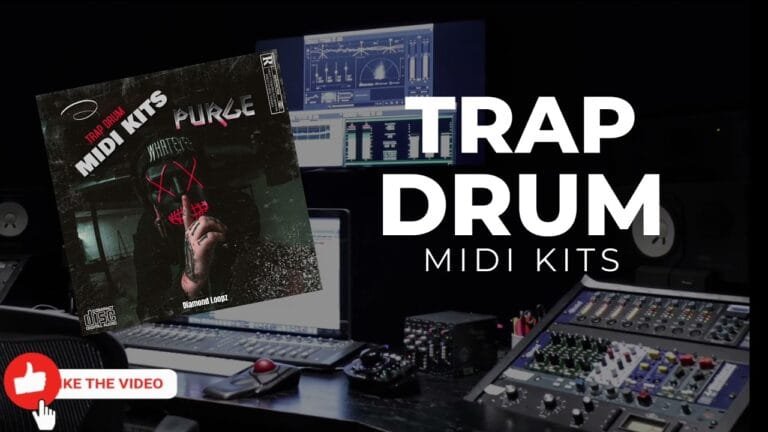How MIDI Works in Music Production – A Comprehensive Guide
A Comprehensive Guide: How MIDI Works in Music Production
MIDI (Musical Instrument Digital Interface) has revolutionized the world of music production. It has become an integral part of modern music creation, enabling musicians and producers to create, edit, and play back music with incredible precision and control. In this comprehensive guide, we will delve into how MIDI works in music production.
Understanding MIDI
MIDI is not audio data. It’s essentially a series of messages like ‘note on’, ‘note off’, ‘note/pitch’, ‘pitchbend,’ and many more. These messages are sent to your devices like synthesizers, which interpret them and produce sound accordingly.
How MIDI Works in Music Production
When you play a note on a MIDI keyboard, it generates a MIDI signal, which can be read by a computer or a digital audio workstation (DAW). This signal contains information about the note’s pitch, duration, and intensity, among other things.
MIDI Messages
There are three main types of MIDI messages: Channel Messages, System Common Messages, and System Real-Time Messages. Channel Messages include note-on and note-off messages, while System Common Messages deal with things like song position pointers. System Real-Time Messages handle tasks like synchronizing multiple devices.
The Role of MIDI in Music Production
MIDI has a significant role in music production. Its flexibility and control have made it an invaluable tool for composers, producers, and performers alike.
Sequencing and Arranging Music
With MIDI, producers can arrange and sequence music in a DAW. MIDI notes can be drawn in or recorded from a MIDI controller. These notes can then be edited, rearranged, and tweaked to perfection.
Software Instruments
MIDI is used to control software instruments in a DAW. These can range from synthesizers to drum machines to sample players. With MIDI, these instruments can be played, automated, and recorded.
MIDI in Live Performance
MIDI is also used extensively in live performances. With MIDI controllers, performers can control various aspects of their performance in real-time, from changing patches to adjusting effects.
Understanding MIDI Controllers
MIDI controllers are devices that send MIDI data to other devices. They come in various forms, including keyboards, drum pads, and control surfaces.
MIDI Keyboards
A MIDI keyboard does not produce sound on its own. Instead, it sends MIDI data to a computer or other device, which then generates the sound. The keyboard’s keys simply trigger the MIDI messages that are sent.
Drum Pads and Control Surfaces
Drum pads and control surfaces are other types of MIDI controllers. Drum pads are often used for triggering drum sounds or other samples, while control surfaces can be used to control various aspects of a DAW or other software.
MIDI Connectivity
MIDI data can be transmitted via traditional MIDI cables or via USB. More recently, wireless MIDI connections have also become possible.
Conclusion
In conclusion, MIDI is a powerful tool in music production, offering a level of control and flexibility that is hard to match. Whether you’re a producer, a performer, or a composer, understanding how MIDI works can greatly enhance your music creation process.







